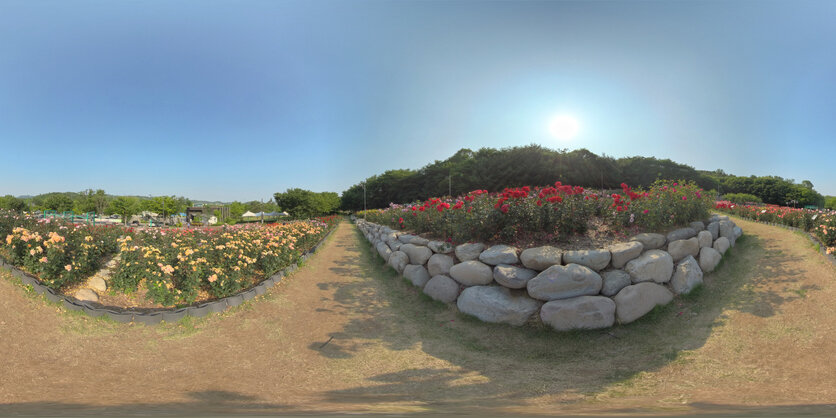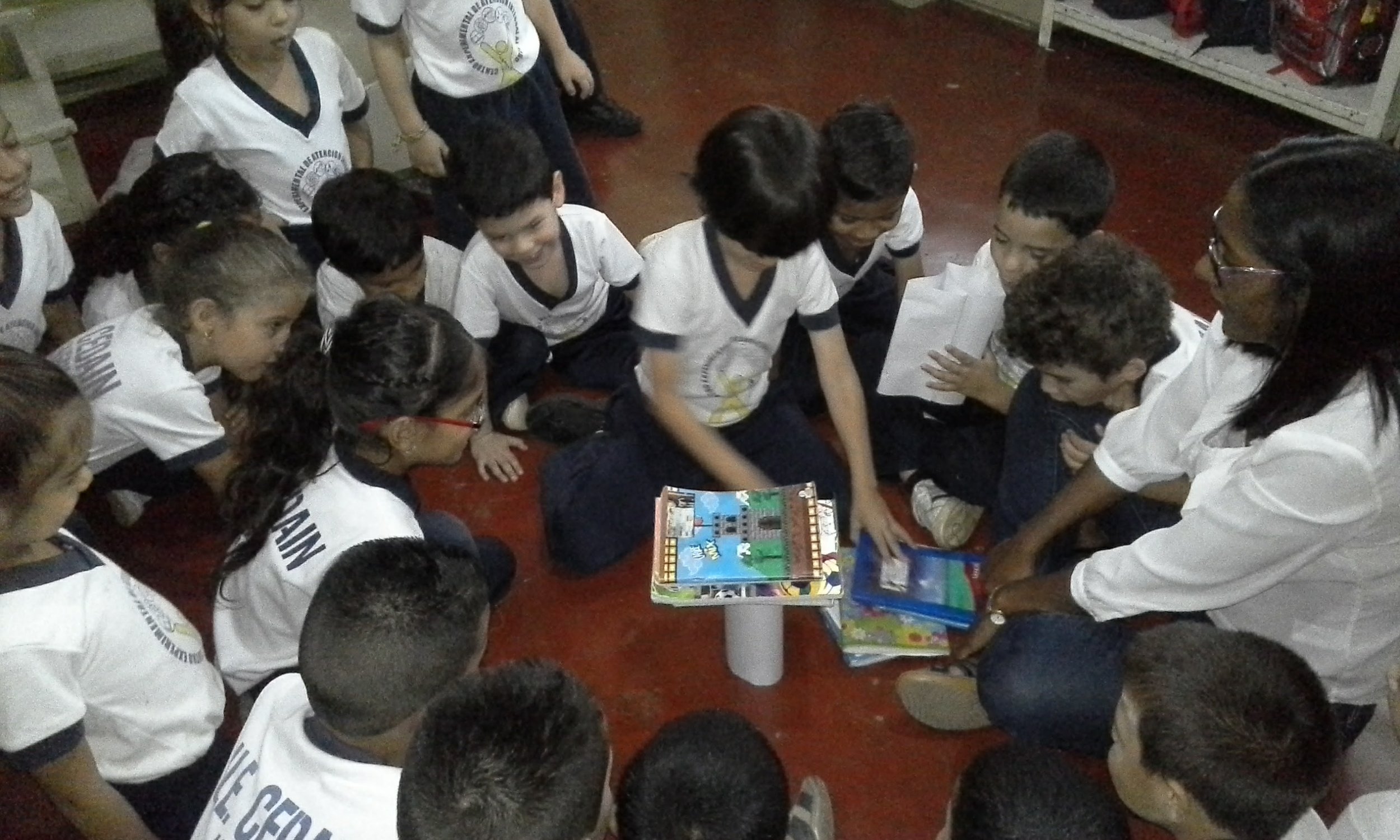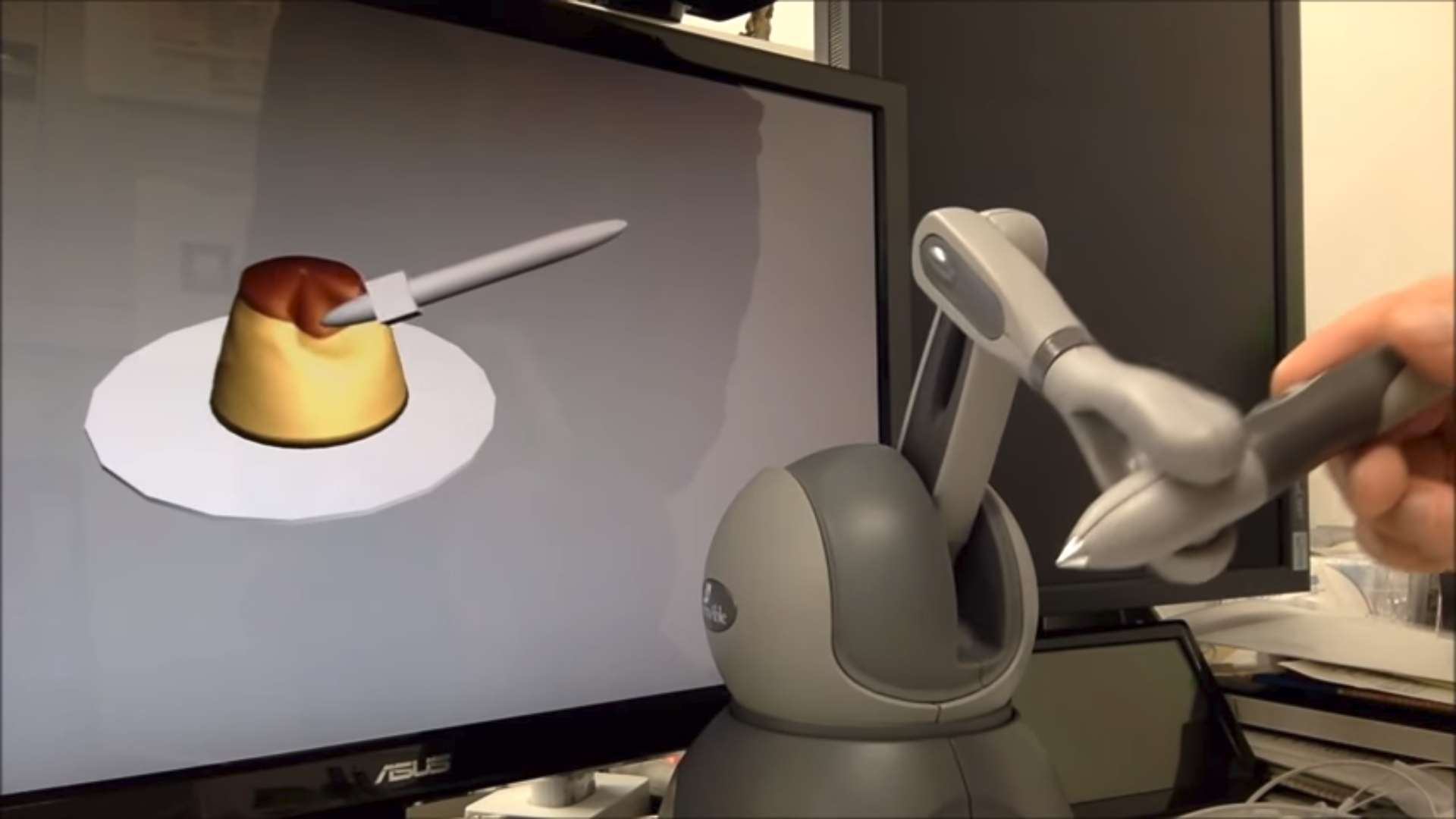As teachers, we should contribute to research in education, study current scientific topics and correctly transmit this knowledge to our students.
Opinion
When the priority for scientific publications is quantity rather than quality, scientific development will stagnate in any country. Consequently, although there is undoubtedly a great deal of scientific work, it is of little relevance. This does not happen only in Mexico. In Spain, for example, the allocation of financial resources to implement a competitive scientific project depends on the number of articles published by the researcher, to even be able to aspire to these funds (Silió, 2019).
Mexican scientists have excelled in the area of nanotechnology. For instance, the research group, in which Universidad Nacional Autónoma de México (UNAM) and Universidad Autónoma del Estado de México (UAEM) participate, successfully synthesized gold nanoparticles from nopal cactus extract (Rico-Moctezuma et al., 2010), which can be used to purify water (Pantapasis and Grumezescu, 2017). This is one example of how we can take advantage of extracts obtained from the country’s flora or fauna, modifying some of their properties to put them to unexpected uses and exploit these improvements. Without a doubt, this type of research drives the country’s economic and industrial development.
“Nanotechnology studies how the use of materials at nanometric scales (a millionth of a millimeter) can have large-scale effects, giving us the capacity to synthesize materials with exotic properties and use them in engineering applications.”
– Flores-Chávez –
Even though nanotechnology is a relevant topic, and what the country needs to progress in the short term, research topics in this field of knowledge are, to some extent, limited. In Mexico, nanotechnology has characteristically employed inexpensive materials obtained from plant extracts for specific applications. The most relevant nanotechnology topics in our country have continuously been implementations of materials with gold, silver and titanium oxide nanoparticles to improve their properties. Developing synthesis methods for materials with few financial resources is a key effort achieved by Mexican scientists. Nevertheless, we need to expand the areas of nanotechnology research to generate new knowledge.
To ensure the continuity of research projects, from their hypotheses to industrial applications, a sort of “system” has traditionally been followed by doctoral students, in which they research during the last semesters of their program, under the guidance of a professor. In this way they “inherit” research projects, thereby assuring continuity in the knowledge generated. This system has worked for centuries. It allows students of great scientists to become scientists of the same or even higher caliber. But, what happens to the students who do not receive proper guidance? Many of them become discouraged since they feel that they are not making real progress or that their work is not particularly relevant.
The mentor-to-student “bequeathal” of research projects is one of the factors that lead to other research topics being put on the back burner, such as computational chemistry, chemical systems modeling and biosensor design, among others. This is particularly true of fundamental research topics related to nanotechnology.
These are not the only factors that impact this issue. In 2018, Dr. María Álvarez-Buylla Roces was appointed as director of the National Council of Science and Technology (CONACYT), and she has strongly condemned basic research and the use of transgenics in agriculture (Domínguez, 2019). As a result, some research projects are at risk of being affected, since under the new Humanities, Science and Technology Law reform, CONACYT has total autonomy regarding decisions to allocate resources to finance research projects in the public sector (Suárez, 2019). All of this, combined with the lack of investment in research by the private sector, forces professionals to focus on projects with specific interests because only certain projects receive adequate financing.
The initiatives required to overcome the limitations of scientific development in the country are quite clear. The government, private sector and the scientific community need to come to agree. In addition, it must be emphasized that there are interdisciplinary projects which, in principle, are basic research projects, but, in the long term, can be used in engineering settings and benefit the general public with the advancements of this development. Furthermore, as citizens, we need to demand that CONACYT finance projects that are of interest to the entire population and that spaces be created in which the views of all the stakeholders in this process are taken into account for decision-making.
As teachers, we should contribute to research in education, even if we are not associated with CONACYT, study current scientific topics and correctly transmit this knowledge to our students, underscoring the true nature of scientific research in the 21st-century.
About the author
Joel Antonio Flores Chávez (joelantonio@tec.mx) is an engineering physicist and teaches science at Tec High School, Campus Santa Catarina.
References
Domínguez, L., (2019, February 25). Nueva Ley de ciencia “amenaza la libertad de investigación. Retrieved on April 9, 2019, from https://www.eluniversal.com.mx/cultura/nueva-ley-de-ciencia-amenaza-la-libertad-de-investigacion
Pantapasis, K., Grumezescu A., (2017) 13 – Gold nanoparticles: advances in water purification approaches, Academic Press Pages 447-477, ISBN 9780128043004, https://www.sciencedirect.com/science/article/pii/B9780128043004000137
Rico-Moctezuma, A., Vilchis-Nestor, A. R., Sánchez-Mendieta, V., Avalos-Borja, M., & Camacho-López, M. A. (2010). Biosíntesis de nanopartículas de oro mediante el extracto de Opuntia ficus-indica. Superficies y Vacío, 23, 94-97.
Suárez, A. (2019, February 16). Preocupa a científicos rumbo de la Conacyt. El Sol De México. Retrieved on March 24, 2019, from https://www.elsoldemexico.com.mx/mexico/sociedad/cientificos-conacyt-3066871.html
Universidad Nacional Autónoma de México (2012) 2nd International Symposium on Nanoscience and Nanomaterials https://www.cnyn.unam.mx/sinn2013/Abstracts_Book_SINN_2013.pdf
This article from Observatory of the Institute for the Future of Education may be shared under the terms of the license CC BY-NC-SA 4.0 
)
)











)
María del Pilar Ponce Cincire
María del Pilar Ponce Cincire
María del Pilar Ponce Cincire